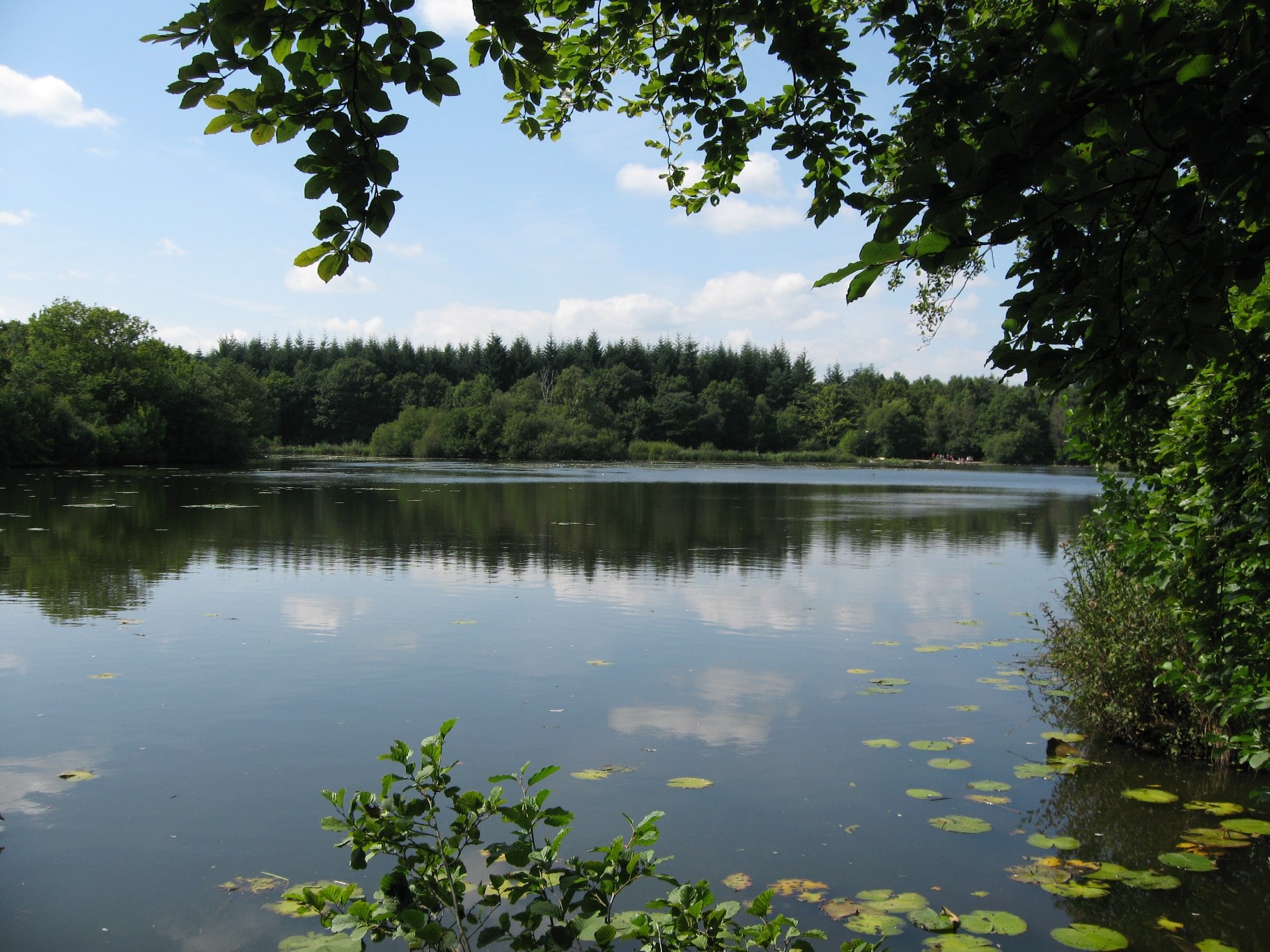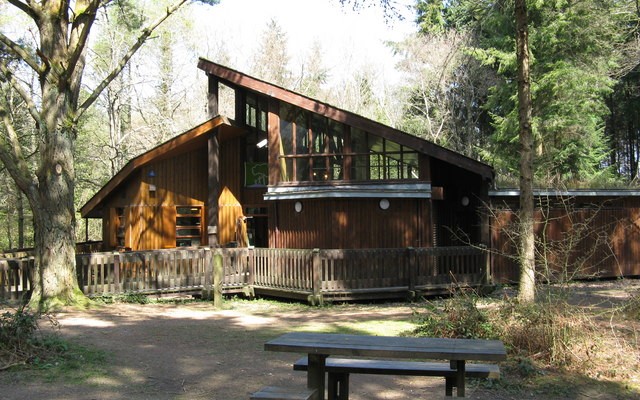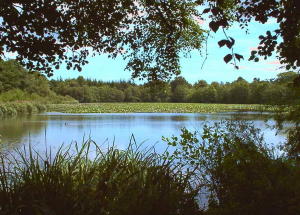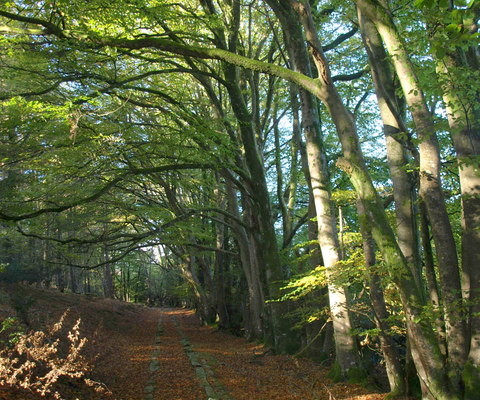Interesting information
The Stover story begins with the fairytale story of James Templer, a young orphan boy, running away to sea and making his fortune. On his return in 1765 he purchased an 80,000 acre (32,400ha) estate on the edge of Dartmoor and set about building Stover House (now an independent school) and landscaping the grounds, much of which now forms the Country Park.
The main feature of the Park is the 10 acre (4ha) lake and marsh, especially important for dragonflies, The lake provides a sanctuary for an abundance of wildfowl and, in winter, flocks of snipe use the marsh as a daytime roost.
Extensive deciduous and coniferous woodland interspersed with pockets of lowland heath provide habitats for a wide range of visiting and resident wildlife. The ever-present grey squirrel is a constant companion at a picnic table while the shy roe deer and dormouse keep to the quieter areas of the Park.
During the winter, huge flocks of greenfinches escaping the cold weather find shelter and protection in the trees, where in the summer spotted flycatcher and tawny owl breed. Areas of heath are being reinstated in order to attract birds like the nightjar, adders and a wide variety of insects. Stover is particularly rich in plant life including some unusual and rare species. An abundance of flora attracts numerous butterflies, including the white admiral and other insects which, in turn, serve to pollinate the flowers. The Country Park is also host to a wide variety of fungi species which appear mainly during the autumn months.



